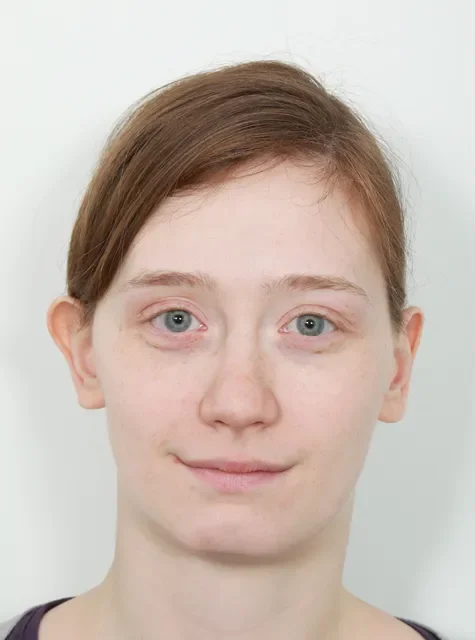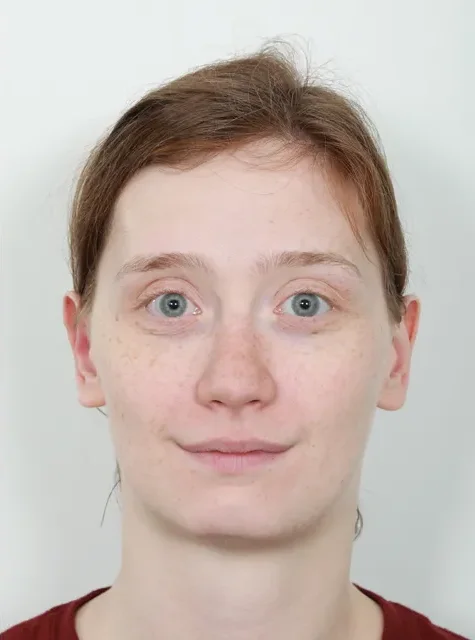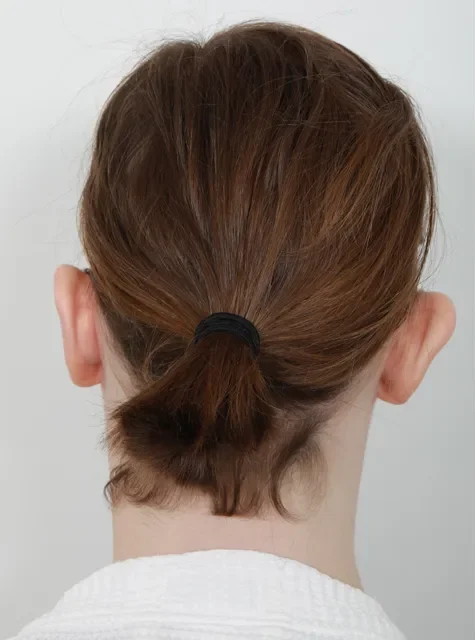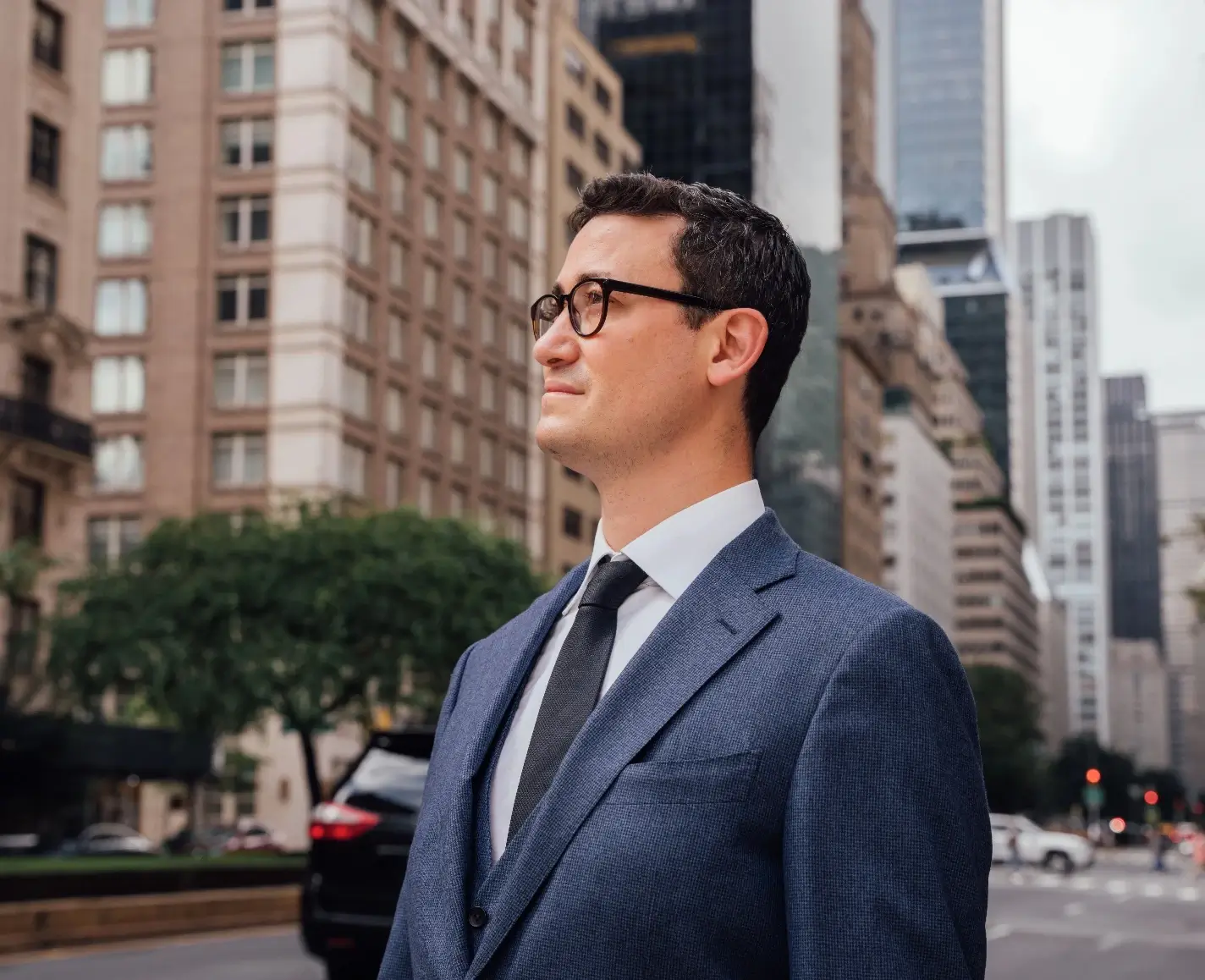CONSULTATION (PRIOR TO SURGERY)
When you meet with Dr. Paul, he will examine your ears and determine the best method of treatment. Once the two of you have agreed on the procedure, he will create your personalized surgical plan. Our Patient Coordinator will then help you select your surgical date and provide you with directions on how to optimize your surgical results.
Otoplasty is performed under general anestheisa, whereas an ear lobe repair is generally performed under local anesthesia. For patients under general anesthesia, a medical clearance will be arranged in advance for safety.












